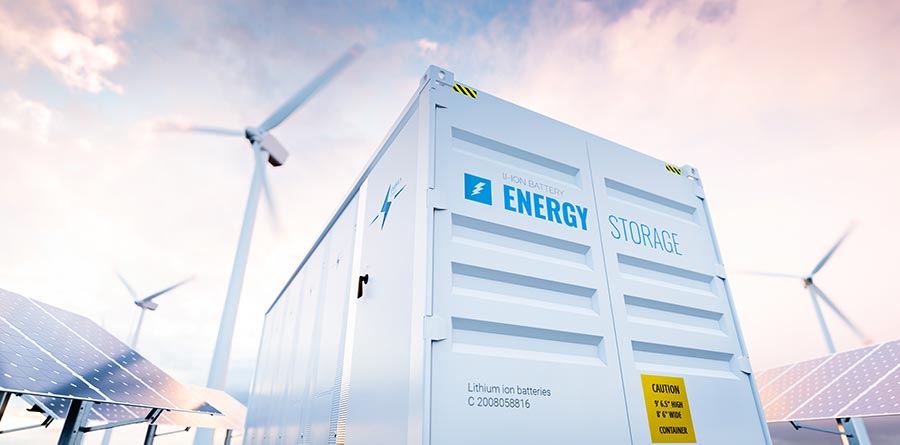LITHIUM MARKET
LITHIUM and COPPER are crucial to much of the modern world and, in particular, industries and technologies related to sustainable energy.
LITHIUM is another key element in the infrastructure and technology of the world of tomorrow. With a range of target markets covering everything from personal electronics to transportation, to large-scale energy storage and distribution projects, lithium is a key asset with almost limitless usage scenarios.

As we continue our move towards a cleaner, greener future, Lithium, in the form of Lithium-Ion batteries, and its usage in power storage and distribution systems as well as, of course, EVs, continues to be an invaluable resource in the reduction of our global environmental impact. This inevitably leads to strong market growth in the sector.
Fossil fuels have powered humanity for over a century now and have become the de facto energy source for all of our industrial and recreational activities. However, the arrival of lithium-ion battery technology with its high energy storage density provided us with a clean, portable and powerful energy source. This then allows us to capture energy where it is most efficient and effective to do so, and to then either distribute it to where it needs to be used or, in the case of batteries, to store the energy for use at a later time. This simple but important change heralded an irreversible step on the pathway to the dream of a green future powered by renewable (wind, solar, tidal, geothermal etc.) energy.
We haven’t quite reached that point yet but, even so, lithium-ion batteries can still benefit us even when we still use fossil fuels and hydrocarbons. For example, instead of burning the fuel “locally” (in your vehicle) with all of the inefficiencies of the car engine and all of the pollution from the exhaust gases being pumped into the atmospheres of cities and towns, the fossil fuels can be burned in larger power stations which can be made more efficient and which can even have mitigation systems (such as emissions “scrubbers”) installed to further lessen the impact. The energy generated by these more efficient power stations can then be stored in lithium-ion batteries and used in EVs, not only keeping our city streets cleaner but also being far more efficient in the usage of the energy stored in the fossil fuels to start with.
And EVs are just the tip of the iceberg. Battery storage technology has already changed the world around us beyond what seemed imaginable just a couple of decades ago. Today we largely take for granted the fact that we are carrying with us what amounts to a very powerful computer which can give us 24/7 access to tools an information which can make a huge difference to our lives, all powered by battery technology.
Our world is changing, and long with it our view of that world and of the impact that we have on it. Advances in lithium technology will continue to drive advances in technology across all areas of our lives and will continue to power the profound changes and huge leaps forward that we have already started to take.
Source: Bloomberg
Roskill Information Services Jake Fraser recently stated, “lithium chemical demand from end-use sectors is still expected to increase year-on-year to around 280,000 tonnes lithium carbonate equivalent,” Fraser said.
“(That is) owing to larger battery packs being installed in electric vehicle (EV) models and the EV sector itself forecast to see 10 percent year-on-year growth in sales.”
One of the key drivers of this double-digit growth has been, and will continue to be, the introduction of very generous subsidies in Western Europe which has resulted in an astonishing increase in EV sales this year and which is contributing to a significant increase in demand for lithium battery chemicals, as noted by CRU Group’s George Heppel.

“The technical information herein has been prepared in accordance with the Canadian regulatory requirements set out in NI 43-101 and reviewed on behalf of the Company by Mr. Darren L. Smith, M.Sc., P.Geo., and Vice President of Exploration for Patriot Battery Metals., a Qualified Person and registered permit holder with the Ordre des Géologues de Québec”